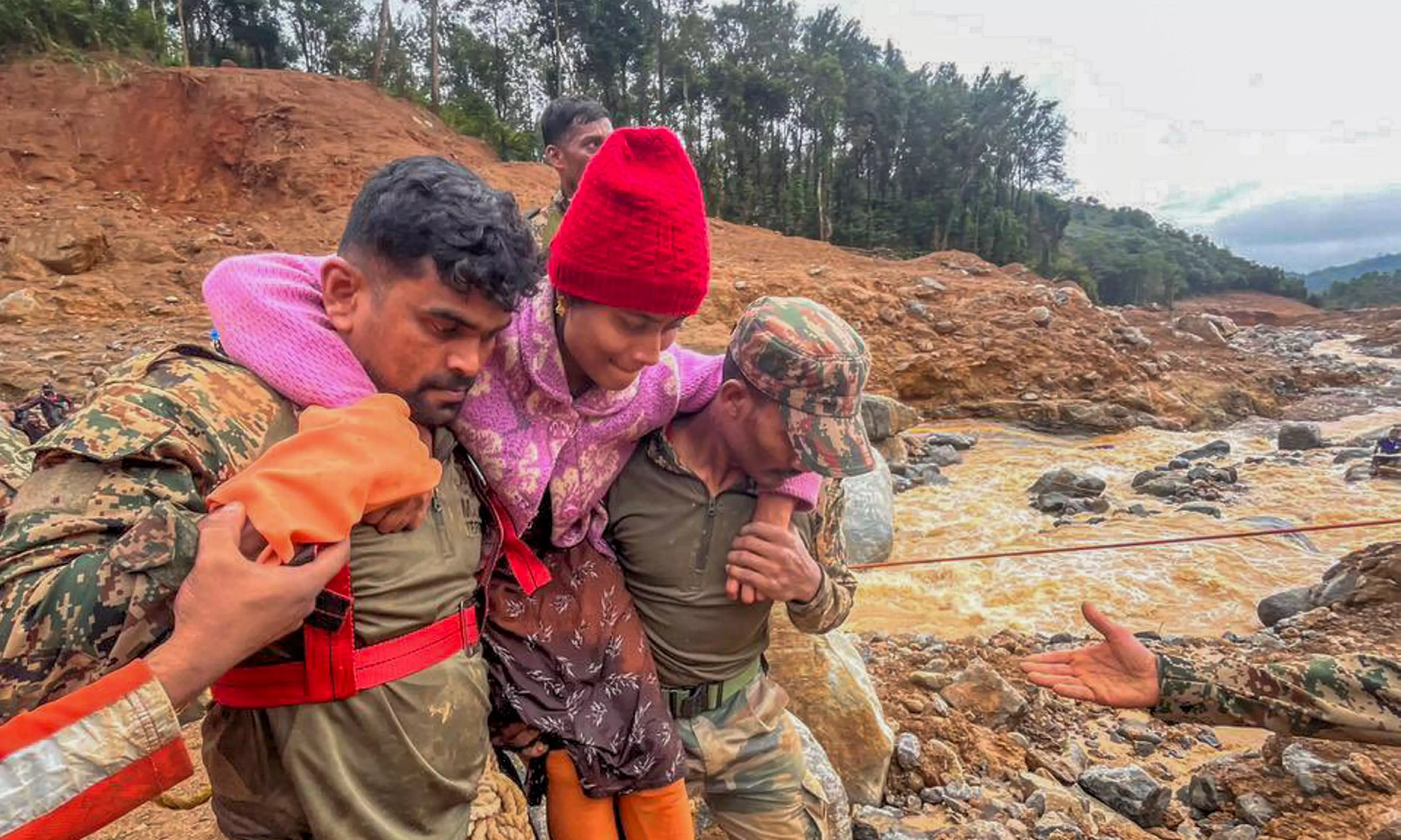
- Home
- India
- World
- Premium
- THE FEDERAL SPECIAL
- Analysis
- States
- Perspective
- Videos
- Sports
- Education
- Entertainment
- Elections
- Features
- Health
- Business
- Series
- In memoriam: Sheikh Mujibur Rahman
- Bishnoi's Men
- NEET TANGLE
- Economy Series
- Earth Day
- Kashmir’s Frozen Turbulence
- India@75
- The legend of Ramjanmabhoomi
- Liberalisation@30
- How to tame a dragon
- Celebrating biodiversity
- Farm Matters
- 50 days of solitude
- Bringing Migrants Home
- Budget 2020
- Jharkhand Votes
- The Federal Investigates
- The Federal Impact
- Vanishing Sand
- Gandhi @ 150
- Andhra Today
- Field report
- Operation Gulmarg
- Pandemic @1 Mn in India
- The Federal Year-End
- The Zero Year
- Science
- Brand studio
- Newsletter
- Elections 2024
- Events
- Home
- IndiaIndia
- World
- Analysis
- StatesStates
- PerspectivePerspective
- VideosVideos
- Sports
- Education
- Entertainment
- ElectionsElections
- Features
- Health
- BusinessBusiness
- Premium
- Loading...
Premium - Events

It's crucial for politicians to address climate change and environmental degradation rather than pitting conservation against development or livelihoods
The 'Common Man', an imaginary character created by renowned cartoonist RK Lakshman, stands quizzically under an umbrella, looking at a drenched fellow traveler at a shelterless bus stop. The man, caught off guard, sheepishly reveals that he is an official weather forecaster.
The India Meteorological Department (IMD) has come a long way from being a butt of jokes. It has made significant strides in the past two decades. The Early Warning System (EWS), combined with the alertness of state governments, has led to a substantial reduction in deaths and injuries caused by cyclones and tsunamis.
The system has also enabled fishermen and coastal settlers to respond quickly to warnings, saving lives and property. The government is able to move the masses from harm’s way and offer them food and water at temporary shelters.
Not an exact science
However, meteorology is still not an exact science. Despite advances in technology and computational power, predicting the triggers of seismic activity, landslides or bad weather remains a puzzle.
It is challenging to accurately forecast the complex interactions between the ocean, atmosphere, and earth.
Despite these limitations, the IMD has reported a 40 per cent improvement in forecasting accuracy and a substantial reduction in loss of life and property over the past five years. A comparative study between 2017-21 and the previous five years by IMD confirms this improvement.
War of words
However, politicians and officials are left wringing their hands when disasters occur, such as the July 30 early morning landslide in Wayanad that killed over 200, injured nearly that many, and left thousands homeless.
The BJP-led Centre and the Left-ruled Kerala government are now engaged in a war of words over their respective roles in responding to the disaster. The visit of the region by Congress leader Rahul Gandhi with his sister Priyanka is only going to ratchet up the political temperature.
Home Minister Amit Shah claimed in the Rajya Sabha that the EWS launched in 2016 played a crucial role in responding to the disaster. At his behest, nine teams of Nation Response Disaster Force (NDRF) were rushed to Kerala on July 23 itself, a week before disaster struck. He claimed India’s EWS is world-class.
Kerala Chief Minister Pinarayi Vijayan disputed this, saying that the red alert was issued only on the morning of the disaster. A day before, the IMD had issued only an ‘orange’ alert, he said.
Though both parties claimed that they were avoiding politicising the issue, they ended up exactly doing the opposite.
Environmental concerns
Sekhar Kuriakose, Member Secretary, Kerala State Disaster Management Authority, says the trigger of the landslide originated 6 km deep inside the forest over the mountains at a "pristine area”.
The landslide spilled to a larger area and even split a river flowing nearby into two streams. Kuriakose called it ‘unprecedented’. The state has estimated 573 mm rains in 48 hours, a 500 per cent rise over average rainfall in the same period.
Environmental expert Madhav Gadgil argues that political decisions, including allowing rock quarrying in the region, have contributed to the ecological degradation of Wayanad.
His 2011 report identified the area as one of the most fragile ecosystems in the Western Ghats and recommended banning all construction and mining activities. However, both the state and Union governments ignored his recommendations.
Nature vs livelihood
The political class, the state and the Centre went against Gadgil’s findings and turned the argument on its head, making it a survival versus livelihood issue. It was argued that if the entire region were to be emptied out, many will go jobless and therefore the recommendations weren’t practical.
The report was preceded by another committee headed by space scientist K Kasturirangan. Its watered down report recommended 37 per cent area be declared as an eco-sensitive area (ESA). Nothing has moved since then.
Gadgil believes that the landslide was a man-made disaster waiting to happen due to environmental degradation. If he were to be believed, the livelihood issue was bogus. It was just tea plantation workers being exploited while rich and powerful landowners profited from stripping the region of its natural resources.
Predicting landslides
The Western Ghats receive heavy rainfall due to their geography, and landslides occur when upper layers of mountains become saturated with water and are pulled down by gravity.
While predicting landslides is difficult, scientists can identify areas prone to landslides using satellite data and computer modelling. They have also established a co-relationship between heavy rains and landslides.
The Indian Space Research Organisation (ISRO) has developed a 'Landslide Atlas' that ranks Meppadi and Chooralmala as high-risk areas.
Globally, NASA has developed a similar atlas. A body set up the agency, Landslide Hazard Assessment for Situational Awareness, provides regular warnings across the world.
AI, ML and Big Data
Scientists use data from satellites and observation stations, and these are cross-checked and verified with ground reports.
In the traditional method, meteorologists collect 50 different predictions and combine them into one ‘ensemble’ to arrive at a clearer picture. Now, with the advent of Artificial Intelligence, ‘Big Data’ gathered from millions of sources are fed into Machine Learning algorithms to predict landslides.
However, human frailties remain, and nature can still surprise us with unpredictable events like heavy rainfall, severe cold waves, cyclones, and seismic activity.
Some of the events caused by increased carbon footprint and resultant climate change are yet to be seriously addressed by the political class.
Towards a solution
While rich and poor nations continue to blame each other for the deteriorating atmosphere at the local level, politicians are unable to measure up to the challenge.
It is crucial for politicians to address climate change and environmental degradation rather than pitting conservation against development or livelihoods.
The crisis is at our doorstep; it's time for action rather than politics as usual.


